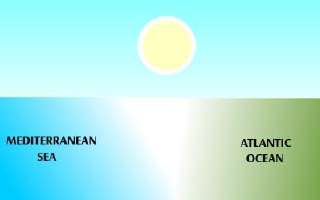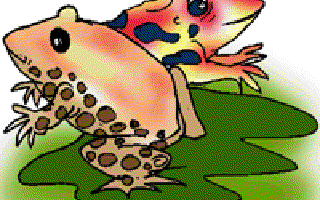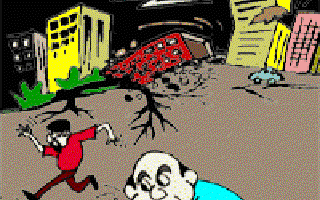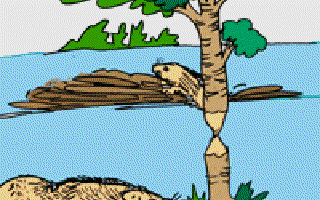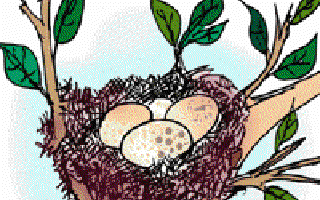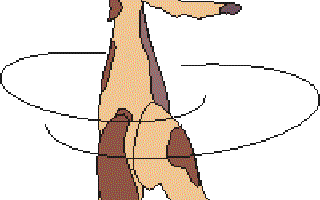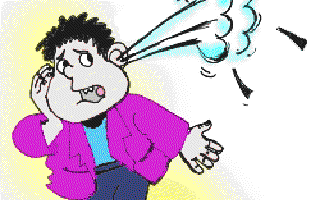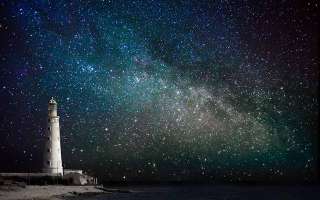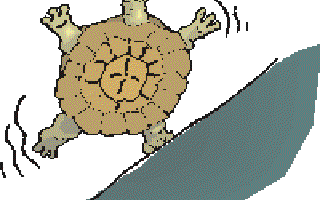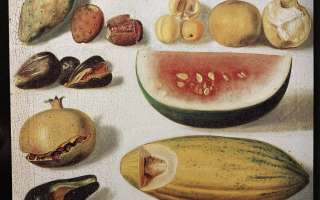63 items in this section. Displaying page 6 of 7
Why is the Mediterranean Sea Blue?
We know that about seventy one per cent of the earth’s surface is covered with water. The earth’s three main Oceans are the Atlantic, the Pacific and the Indian Ocean. The Atlantic Ocean is a great mass of water that separates Europe and Africa from America. It is shaped like a great hour-glass-with a ‘waist’ where Africa and South America bulge out towards each other. Although in area it is less than half the Pacific, it has many ‘secondary’ seas, such as the Arctic Ocean and the Mediterranean Sea....
Why are Some Reptiles Brightly Coloured?
Most animals have skin colour that makes them merge into their surroundings. They become near invisible unless you look very closely. But some reptiles such as the sea-snakes, coral snakes and frogs of Central and South America are brilliantly coloured or have bright bands like deep yellow, orange, pink on their bodies. They are easily visible among the green leaves or brown earth. This is because these animals are poisonous. The colouring is a warning to other animals, especially their natural enemies, to avoid eating them....
Why do Earthquakes Occur?
As a result of upheavals below its surface, the earth shakes now and then. This shaking of the earth is known as an earthquake. Few natural events are as violently destructive as an earthquake. It usually strikes without warning, giving off violent vibrations in the process. These vibrations not only shake the ground but also sometimes crack it open. And then, there is chaos, for earthquakes have been known to wipe out cities and civilisations....
Why do Beavers Build Dams?
Picture a giant rat with a flat tail and webbed feet. That’s what the beaver looks like. There are two kinds of beavers: the American and the European. The European beaver, found in Norway, Poland, Germany and France, lives in burrows. But the American beaver builds a dam across a stream or lake to construct his home or lodge. The lodges are made of huge logs of trees. Why do Beavers Build Dams? [Illustration by Sudheer Nath] The American beaver constructs solid dams and lodges because it has the mind of an expert engineer among all the creatures in the animal kingdom....
Why are Eggs Oval?
Have you ever climbed a tree and peeked into the nest of a crow or a sparrow? Or looked into that flowerpot where the noisy pigeon decided to lay its eggs? The sight of a mother hen sitting on a bunch of fresh white eggs is great, though most of us see them only when they land on the breakfast table every now and then. Eggs come in different colours. They may be blue, blue-green, yellow, spotted, blotched or white....
Why Do Horses Need Shoes?
Clip-clop, clip-clop goes a horse on the road. If you look carefully you will see that it walks on the tips of its toes – like a ballet dancer. Walking on tiptoe for a long time is difficult for us, but horses find it the easiest thing to do. The foot of a horse is divided into a toe with a broad tip. While other animals have nails and claws, the horse has a hoof surrounding the toe....
Why do Ears Pop?
Recently I went to the top of a skyscraper in a lift. After I had gone up a few stories, I felt a funny sensation in my ears. My eardrums seemed like they were growing and were about to burst. As I went a little higher, the sensation was worse. My fellow passengers in the lift told me to swallow a few times. This would help the sensation pass, they said. And, it did. This happens to a lot of people when they are flying, or skiing downhill at very high speeds, or going deep into a mine well....
Why Do Stars Twinkle?
Watching stars on a moonless night can be an quite an interesting experience. As clusters of stars take familiar forms – of a bear, a man in armor wielding a sword, millions of other stars simply twinkle. As if they were playing hide and seek with one’s eyes. We all know that each star is actually like the sun. And the huge collection of stars on the night sky is like a collection of many, many suns....
Why Do Turtles and Tortoises Live So Long?
Turtles and tortoises have been on planet Earth even before the dinosaurs. They are that old. The difference between a turtle and tortoise is that the turtle stays in water while the tortoise stays on land. But both creatures have one thing in common: they live to a ripe old age, from 120 years to almost 200 years! Some of them are huge, like the giant tortoises of the Galapagos Islands – they weigh beyond 200 kg; their shells are more than a metre long....
Why Do Plants Bear Fruit?
Do you like fruits? Have you ever wondered why plants produce fruits? Is it only because nature wants you to enjoy eating its fruits and sing its praises? The answer is no. Plants are much smarter than what you think they are. They actually use human beings, animals and birds who eat their fruits to propagate their kind. In other words, disperse their seeds. The fruit serves as a mother’s womb where the embryo of a baby plant is nurtured....
